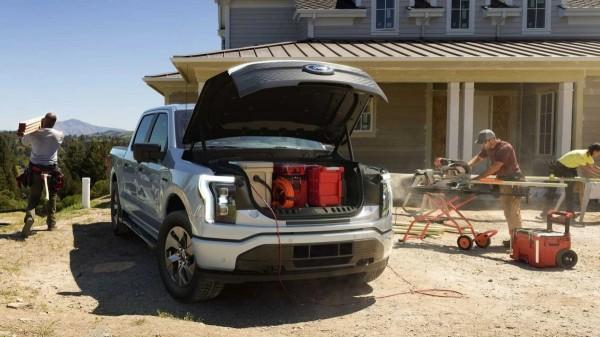The feature that allows them to support this is called bidirectional charging, which enables energy to not only flow from the grid or a fixed power source to your car, but also from the car into a home (V2H) and appliances (V2L), or even back to the grid to help stabilise the grid (V2G).
For South Africans this could have meant instead of buying a dedicated battery backup system for the home, they could have bought one of these vehicles and used it for battery storage whilst at home (well yes, not until the SA government stops their over-and-above tax levied on all electric vehicle imports).
By way of comparison, my solar system battery capacity is a 10kWh battery that powers the whole house for about 11 hours or longer, and the Ford F-150 Lightning has a 131kWh battery!
Most drivers are only driving around 40km to work and back every day, which means the car’s battery stays 90% full and requires only a short top up charge late at night when there is usually available power. A car with this type of usage could easily have spare capacity to power a house for two or more hours of load-shedding, and then either recharge or still enough capacity for another day of use.
Many vehicle fleet agencies have 20 or more vehicles that stand overnight and typically charge. These could be used for V2G grid stabilisation.

